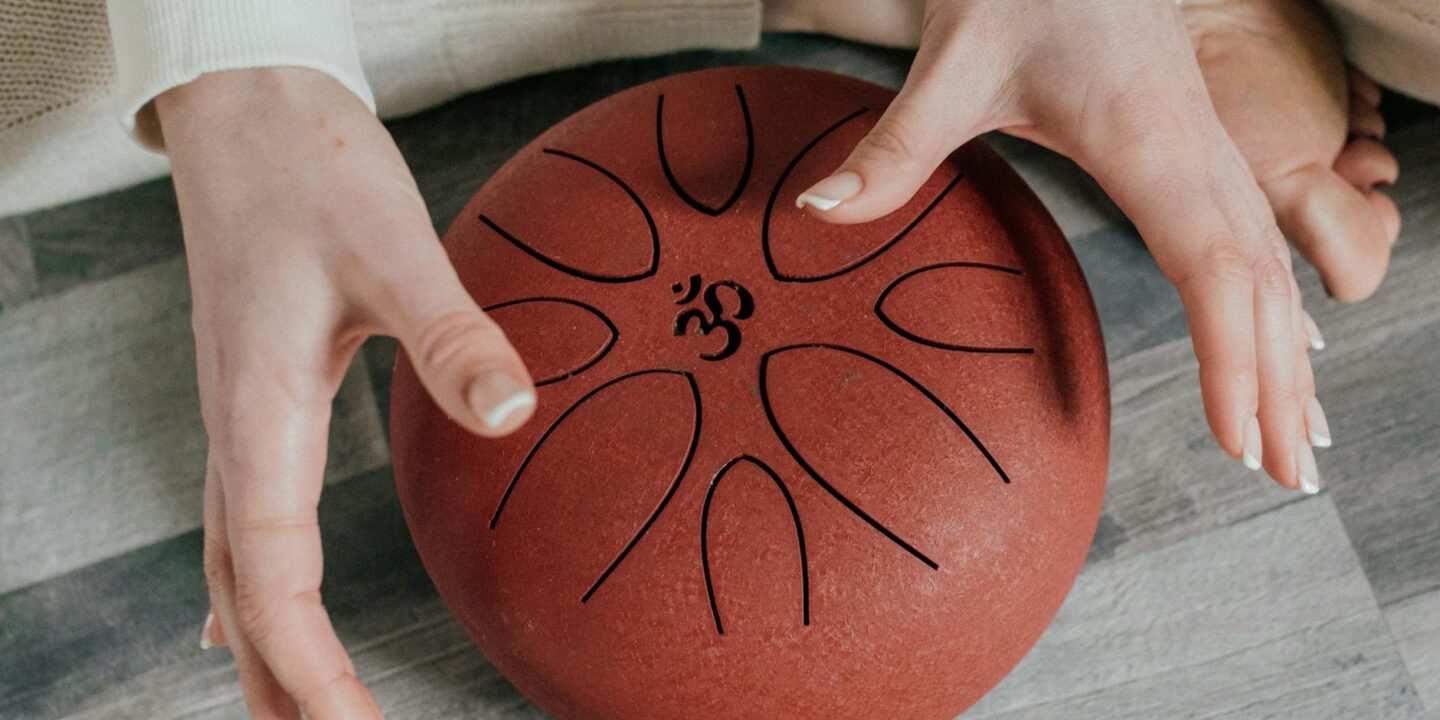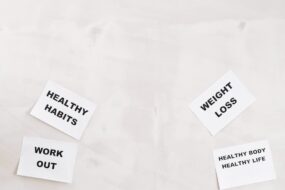
Understanding Test Anxiety
Test anxiety, a nasty gremlin lurking in many students’ shadows, messes with their grades and general happiness. It’s like a two-headed monster, messing with both mind and body. Let’s dig in a bit more.
Impact on College Students
Loads of college folks, around 15-22% of them every year, are no strangers to test anxiety (PMC). It’s not just about flunking exams; this anxiety messes with how much they actually remember from classes. In places like OECD countries, half the students are biting their nails over exam worries, which takes a toll on their self-esteem and overall life joy (Frontiersin.org).
| Demographic | Percentage Affected |
|---|---|
| College Students (Undergraduate) | 15-22% |
| OECD Country Students | 50% |
These numbers shout out for better ways to tackle test anxiety. If we don’t, students might take the easy road—like cheating—just to get some relief, which could stir up more trouble in class.
Psychological and Physiological Effects
Test jitters mess with your head and body. In the mind department, there’s nonstop worry, all those “I can’t do this” thoughts, and over-the-top alertness when exam time hits (NCBI). This whole mess eats away at how much brain-power is left for the actual test.
Physically, it’s a rollercoaster. Chronic stress from test anxiety can make you feel doom, give breathing hiccups, unhappy tummy issues, panic racing through your veins, or just plain wipe you out. It doesn’t just bug students during exams; its ripple effects can crash into their mental health and life’s quality later on.
| Symptoms of Test Anxiety | Psychological | Physiological |
|---|---|---|
| Increased worrying | ✓ | |
| Negative self-thoughts | ✓ | |
| Sense of doom | ✓ | |
| Breathing problems | ✓ | |
| Upset stomach | ✓ | |
| Panic attacks | ✓ | |
| Extreme fatigue | ✓ |
Tackling these issues means trying everything: practicing mindfulness techniques, using practical mindfulness practices in education, and checking out how mindfulness interventions work to squash those test jitters. Knowing these impacts can really help set up better ways to boost students’ school and personal lives.
The Role of Mindfulness
Chill Out and Crush That Test Stress
Feeling all kinds of jittery before exams? You’re not alone. College kids everywhere are battling with pre-test nerves. But hey, have you heard of mindfulness? It’s like a magic trick for your brain, where you learn to keep your attention steady and focus like a laser. By using mindfulness, students can keep those pesky nerves in check, so studies and exams become less of a nightmare. Pretty nifty, right?
Mindfulness isn’t just ear-candy. It shifts your brain gears from those wild, anxious thoughts to a serenity that even a zen master would envy. Studies from the nerds at NCBI show that when mindfulness is on the rise, test anxiety takes a nosedive. It’s kind of like building armor against the chaos of school life, helping students dodge stress bullets during intense exam times.
Want to sneak some mindfulness into your daily grind? Check out our tip-filled article on morning routines test for the inside scoop.
Mindfulness: Your Secret Weapon Against Test Freak-outs
Mindfulness-based tricks are like the Swiss Army knife for anxious students. Research gives these techniques two thumbs up, highlighting how they chip away at test stress, especially for the college crowd. Some keeners at NCBI found that even online mindfulness stuff made a noticeable difference in anxiety levels.
These methods—think chill breathing exercises, meditation zen, and self-awareness boosts—act like a brain tune-up. By keeping up with these methods, students sharpen their focus, keep their emotions in line, and brawl ready for those nerve-wracking test days. Result? Better scores, fewer freak-outs, and some serious classroom chill.
Want more on taming the test monsters with mindfulness? Take a peek at test in mindfulness tips.
| Mindfulness Trick | Winning Rating |
|---|---|
| Deep Breathing Exercises | Boom! |
| Meditation Zen | Boom! |
| Super Awareness | Nice One! |
| Kindness to Yourself | Nice One! |
Get these mindfulness habits rolled out during school, especially when tests rear their ugly heads, and feel those pesky negative vibes just slide off your back (Move This World).
Need more on amping up mindfulness games? Our other reads on building habits test, productivity apps test, and lifestyle products test are just a click away.
Benefits of Mindfulness Practices
Stress Reduction and Improved Focus
Mindfulness is like a chill pill for the mind, helping ease stress and sharpen focus. By bringing folks back into the now, it tunes them into their thoughts and feelings, making stress take a hike and clearing the mind (Move This World). This is a game-changer for anyone sweating their next big test—less nerves, more A’s, as clear thinking takes center stage.
More schools are catching on, using mindfulness to help students handle stress better. Want the scoop on nabbing better test scores with a relaxed mind? Check out our mindfulness tips for exams.
| Cool Perk | What’s It Do? |
|---|---|
| Stress Buster | Chill activities like deep breathing yank stress levels way down. |
| Laser Focus | Meditation hones in on your ability to concentrate like a boss. |
Emotional Regulation and Physical Wellbeing
Mindfulness isn’t just about feeling zen; it’s a toolkit for managing emotions and boosting physical health. Mindfulness-based plans (MBIs) work wonders on stress, anxiety, and even physical pain (PubMed Central). On the physical side, it’s all about easing pain, losing those stubborn pounds, and messing with high blood pressure for the better.
Emotionally, it’s a buffer for overreactions and stress, which means a healthier mental state. Through methods like kind self-talk or sensory activities like a leisurely walk, those emotional clouds make way for sunshine (Move This World).
Curious about how mindfulness is making waves in schools? Drop by our mindful education guide for the full story.
| Cool Perk | What’s It Do? |
|---|---|
| Emotions On Lock | Less emotional impulse means happier minds. |
| Body Boost | Stretching and strolls perk up your physical health. |
Adding mindfulness into daily life is like flipping a switch on stress, emotions, and physical health. For tips on weaving mindfulness into your everyday habits, don’t miss our guides on habit building and productivity tools.
Implementing Mindfulness in Education
Mindful Practices in Schools
Schools are hopping on the mindfulness train, bringing in simple yet effective ways for students and staff to tackle stress and feel good. You know, exercises like deep breathing, doodling thoughtfully, showing yourself some kindness, and being present through things like stretching or taking a stroll. These activities slip right into the daily rhythm, smoothing out the chaos, especially when exams roll around.
Here’s what schools could weave into their day:
- Deep Breathing Exercises: A few deep breaths can chill out the nerves and keep stress in check.
- Mindful Doodling: Lets students be in the zone and unwind, while tickling their creative side.
- Self-Compassion Exercises: Encourages self-love and kicks negative thoughts to the curb.
- Sensory Activities: Like a good stretch or a mindful walk, that help ground and refocus.
Bringing these practices into the mix can build a more chill, attentive, and emotionally strong school scene. Students and teachers keen to learn more can dive into our handy guides on mindfulness tips test.
Prevention of Unhealthy Coping Mechanisms
Mindfulness can be a game-changer in steering clear of unhealthy habits students might pick up when stressed, like during tests. Test anxiety can push students into poor choices just to cope or to try and boost performance (Move This World).
Stress from exams can mess with mental health and lead to:
- Sense of Doom
- Breathing Troubles
- Upset Tummy
- Panic Attacks
- Bone-tired Fatigue
These issues highlight why mindfulness should move to the front of the class. Mindful habits help students pick out and manage rough feelings with more ease. When schools weave these into lessons, it’s like giving kids a toolbelt against anxiety and unhealthy stress responses.
| Symptom | Mindfulness Trick |
|---|---|
| Sense of Doom | Self-Compassion Exercises |
| Breathing Troubles | Deep Breathing Exercises |
| Upset Tummy | Yoga and Stretching |
| Panic Attacks | Meditation and Guided Imagery |
| Bone-tired Fatigue | Mindful Napping and Rest |
Research has shown that mindfulness meditation can really help dial down test-related anxiety, with many folks reporting they feel less anxious and more mindful afterward. By planting the mindfulness seed, schools are setting up students to handle emotions better, keeping test anxiety from overshadowing their well-being. For a closer look at building good habits, check out our piece on building habits test.
With mindful moves and smart setup, teachers can craft a caring space where academic and personal growth goes hand in hand.
Research Findings on Mindfulness
Self-Reported Mindfulness and Test Anxiety
Mindfulness acts like a quiet superpower for college students freaking out over exams. Studies show that when students dial up their mindfulness game, their test anxiety levels hit the brakes. There was a noticeable switch in how mindfulness and anxiety played out from start to finish of the study.
In this research adventure, 71 participants were thrown into different mindfulness exercises. All of these practices helped chill the anxiety vibes while boosting mindfulness awareness. Check out the numbers:
| Metric | Pre-Test Score | Post-Test Score |
|---|---|---|
| Self-Reported Mindfulness | 24.5 | 40.2 |
| Self-Reported Test Anxiety | 55.3 | 35.1 |
Numbers don’t lie, courtesy of PMC.
Those who stuck to their mindfulness guns felt less anxious, hinting that these techniques are solid for keeping stress at bay. For more tips on mastering mindfulness to tackle test stress, take a look at test in mindfulness tips.
Meta-Analysis Results and Effectiveness
Diving into stacks of studies, researchers hollered in agreement: mindfulness works magic on test anxiety. They back these claims with experiments on MBIs, which include deep breaths and some dialectical behavior therapy sprinkles.
| Study | Effectiveness (%) |
|---|---|
| Mindfulness-Based Leadership Course | 70% |
| Dialectical Behavior Therapy-Influenced MBI | 65% |
| General MBI Practices | 60% |
As you can see, those leadership courses are killing it with effectiveness, closely followed by DBT-influenced practices. More than half of the participants waved goodbye to stress and hello to calm (PMC). Clearly, mindfulness could be a secret weapon for students battling test nerves.
For down-to-earth techniques and to get some real zen in your life, check out test in building habits and test in exclusive deals. Learn more from our guide on implementing mindfulness in education.
The takeaway? Sprinkle some mindfulness magic into your days, and see anxiety take a hike. It’s a fantastic recipe for emotional control and peace of mind.
Practical Mindfulness Techniques
Dust off those yoga mats, folks! Mindfulness isn’t just for serene monks on mountaintops. It’s a solid way to kick test anxiety to the curb and boost well-being without all that Zen mumbo jumbo. We’ve bundled up some practical bits and bobs to get you started: deep breathing, meditation, doodling like Picasso, and feel-good self-talk activities.
Deep Breathing and Meditation
Alright, let’s talk about the bread and butter of mindfulness: deep breathing and meditation. They’re like your mind’s reset button, helping you chill out and concentrate better. Don’t take our word for it; the Move This World folks say so too.
Deep Breathing
Got stress? Let it float away with some lung-loving deep breaths. Try this:
- Get comfy – whether you’re lounging or chilling in a chair.
- Shut your peepers and deeply inhale through your schnoz for a slow count of four.
- Keep that air in for another four seconds.
- Gently let go and exhale through your mouth for a six-count.
- Loop this routine 5-10 times.
Meditation
Feeling frazzled? Meditation’s got your back, smoothing out the frizz and clearing up those brainy cobwebs. Here’s how to roll with the Observer Meditation (Positive Psychology knows a thing or two):
- Find yourself a peaceful nook and settle in.
- Close your eyes and keep an eye on your breathing.
- Let thoughts pop in like unwanted spam. No fuss, no judgment.
- Watch ‘em, then send ‘em on their merry way.
- Focus back on the rhythm of your breath.
Mindful Doodling and Self-Compassion Exercises
Being kind to yourself while sketching not only makes you feel like a calm Bob Ross but also eases stress like a charm.
Mindful Doodling
Grab some pens and let doodling whisk your worries away. It’s basically a fun mind vacation:
- Find a quiet spot, arm yourself with a sketchpad and pen.
- Zone in on scribbling simple lines or playful patterns.
- Dive deep into the feel of doodling — watch your hand glide and marvel at the masterpiece coming alive.
Self-Compassion Exercises
Giving yourself a break is golden, especially when the going gets tough. Try this quick kindness check:
- Park yourself in solitude and close those eyes.
- Rest a hand on your heart. Breathe in, soothing each beat.
- Repeat soothing phrases like “I’m doing alright” or “I deserve a hug.”
- Embrace the warmth from your hand and the kind vibes you’re sharing with yourself.
| Technique | Time Needed | What’s in it For You? |
|---|---|---|
| Deep Breathing | 5-10 mins | Stress melts away, focus sharpens |
| Meditation | 10-15 mins | Clears the ol’ mental fog, amps up chill |
| Mindful Doodling | 10-20 mins | Fuels creativity, squashes anxiety |
| Self-Compassion | 5-10 mins | Keeps positivity tank full, boosts mental upkeep |
Squeeze these mindfulness moves into your morning routines or while building new habits for breezy benefits. Curious? Check out more on productivity apps and handy mindfulness tips.
















